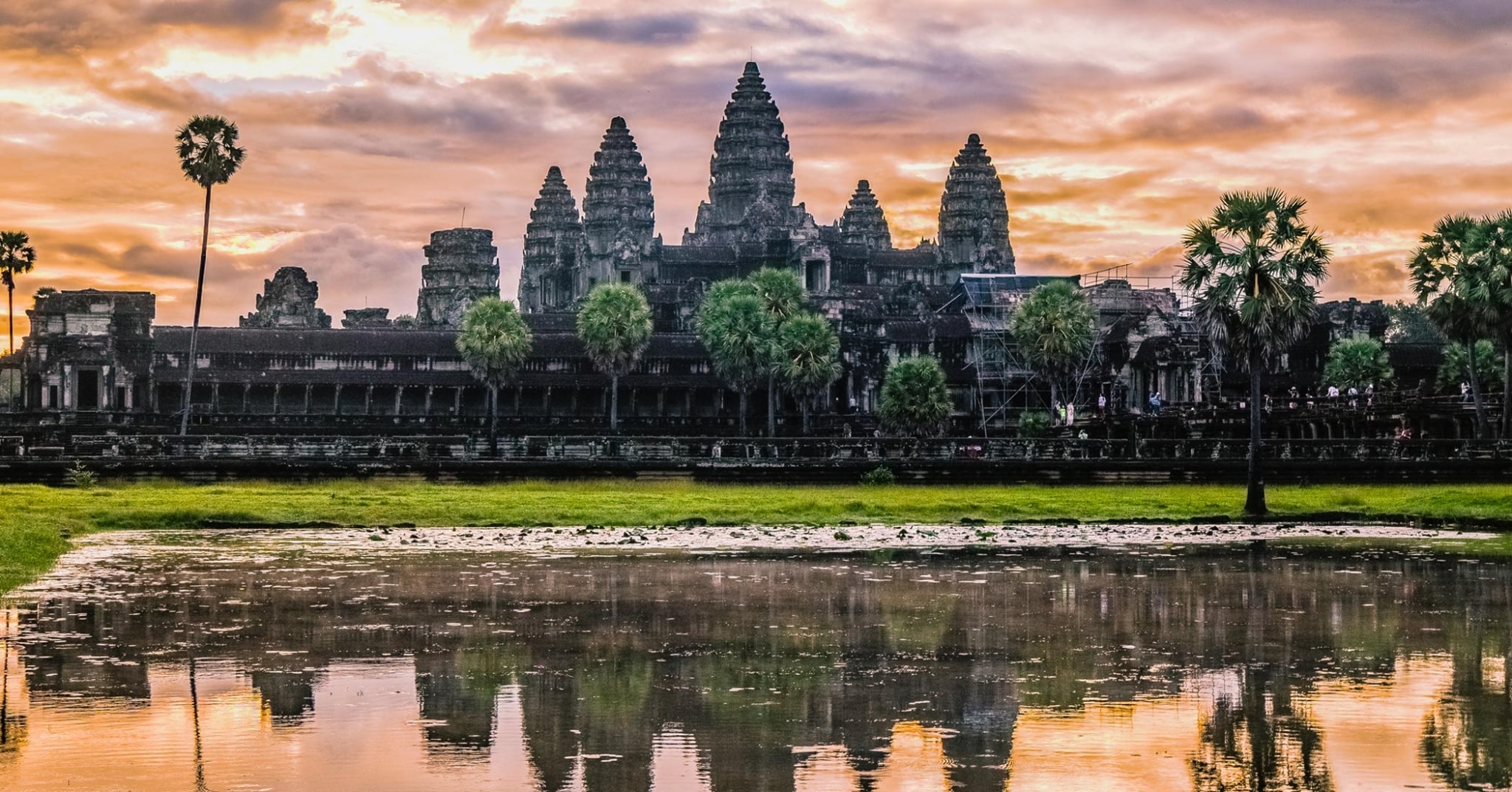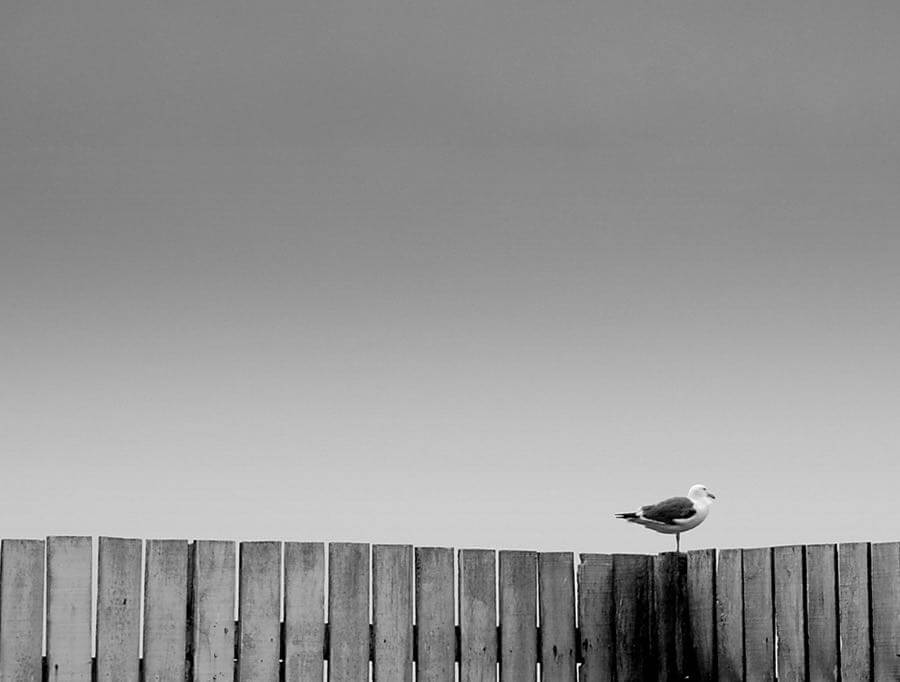







































Write a Statement of Intent that clearly contextualises;
Make sure you describe your how you interpret the exam theme SIMPLE or COMPLEX, subject-matter, topic or issue you wish to explore, artists references/ inspirations and final outcome – zine, photobook, film, prints etc.
For my Personal Investigation project, I wanted to create something using an artist reference and a personal interest. From a young age, I have developed a strong and true passion for cars. This is a result of my Dad training and working as a mechanic for almost 40 years. As a child, I was consistently taken on track days all around Europe 3-4 times a year as my parents couldn’t leave me at home alone at a young age, but I also loved the experience. Being older has allowed me to take these experiences to the next level, as I can now drive on the tracks myself and experience the real thrill first-hand.
“It’s what non-car people don’t get. They see all cars as just a ton and a half, two tons of wires, glass, metal, and rubber, and that’s all they see. People like you or I know we have an unshakable belief that cars are living entities… You can develop a relationship with a car and that’s what non-car people don’t get… When something has foibles and won’t handle properly, that gives it a particularly human quality because it makes mistakes, and that’s how you can build a relationship with a car that other people won’t get.”
Jeremy Clarkson
When conducting research for individuals to study, I came across a Norwegian photographer called Helge Skodvin. In 2015, he produced a project called 240 Landscapes, in which were 77 colour images depicting the Scandinavian weather, landscape and architecture. Each image also features a carefully positioned Volvo 240, an iconic and robust car which a majority of people owned in Norway when Skodvin was growing up. Even today, many can still be found in barns, garages or even still driving. I am hoping to recreate something similar in Jersey, as the island has a distinct coastline, as well as a flourishing car community.
My car of choice for this project will be a Mazda Mx-5, as it is also an iconic car for its time, and I have easy access to a range of these cars due to being a member of a group. The Mk1 (NA) Mx-5 (1988-1997) revolutionised the way modern sports cars were built. With it’s reinforced scaffolding chassis and iconic pop-up headlights, the small Japanese sports car became an almost instant success with various car cultures around the world. The MK2/2.5 (NB) Mx-5 (1998-2005) was as successful as its predecessor. The car was almost identical, however being much better built, as well as a few body parts being changed. The pop-up headlights were removed and a majority of body panels were redesigned. Despite these changes, the car is fundamentally the same.
This concept of car photography worked extremely well for Skodvin, so why can’t I do the same? I believe that I have strong starting point and something from which I can produce a successful project. With the topic being simple and complex, I feel that this topic relates to both. Landscapes can be either simple or complex to capture, with the same being said for cars. The outcome could be a complex landscape with a simply-placed car, or vice-versa.
Simple – easily understood or done; presenting no difficulty.
Complex – consisting of many different and connected parts.





Above is the mind map which I created of initial ideas regarding the themes of ‘Simple’ and ‘Complex’. I decided to split it into two sections, even though some ideas may overlap, this is because it makes it easier to organise what ideas work well alongside each other and what ideas work well in either theme. Initially, I really liked the idea of studying the simplicity of graffiti but then realised that it can also overlap with the theme of complexity and that Jersey does not have a lot of graffiti around which would make this a harder theme to look at. Also while creating ideas, I came across the idea of studying the complexity of still life in shadows and reflections, mainly in glassware or various kitchenware, this is because I liked how they were able to produce these different and unusual designs/patterns within them as they reflected on different surfaces and how their designs/colours can alter how they may appear on different backgrounds. This idea became quite intriguing to me as many of us would view shadows as a simple idea which we may come across briefly, but their is a complexity within them of how shadows can be manipulated and changed through different lightings, locations, backgrounds, etc which can be used to tell a story or create a visual image that we may not think of imagining, which could relate to historical context regarding how women were related to being in the kitchen or having home duties.
Moodboard for theme of ‘simple’ –

Here is the mood board of initial ideas that I made regarding the theme of ‘Simple’ in photography. I started off by looking at the use of graffiti photography, but started to realise how I was not keen on the photos as they looked quite messy and unorganised and lost that ‘simplicity’ which I saw they had previously as well as how there is little graffiti that there is in Jersey. Therefore I moved over to exploring still life photography, this is in relation to how there is a simplicity within the still life objects and colours and how they can be so easily composed. This is due to if you have a select number of objects which you reuse as they work well alongside one another, due to their colours and how these may contrast against each other, and represent the simplicity of still life objects.
Moodboard for theme of ‘complex’ –

Here is the mood board of initial ideas that I made regarding the theme of ‘Complex’ in photography. To begin with, I started off by exploring the themes of shadows and reflections within still life photography, which I was drawn to due to the complex way that simple kitchenware for example could create different types of shadows or reflections on to various surfaces. I really liked the effect that simple glassware and utensils had as they created these bold shadows that draw you towards them as they have a black/white composure that create these bold shadowed photographs. I also liked the use of different coloured marbles and glasses that may be formed in unusual ways, this is because the shadows and reflections which they created. I feel as if this theme of reflections/shadows in different kitchenware can link towards feminism and how woman are often disregarded and linked towards the kitchen and other traditional household roles. This could be represented in my work through the use of different glasses/utensils and how the darker, bolder glassware/utensils show how people are still stuck within this old fashioned mindset compared to the open, more colourful glassware and utensils which could represent how women have been able to eventually move past this stereotype but can still feel slightly trapped and linked towards it.

Complex Photography Mood board



















Simple Photography Mood Board














Mindmap:

Moodboard:















During this project I would like to explore the topic of Simple vs Complex throughout the idea of architecture. I have chosen this approach instead of portraiture or still life because architecture really interests me when it comes to simple and complex structures. I will photograph many different areas around St Helier and St Saviour.
Photo-shoot locations:
Around Jersey are many interesting buildings and complexes that I can photograph in order to produce a successful project. St Helier is filled with many different styles of buildings that can create unique images. I will travel around the streets of St Helier to capture the simplistic buildings and the slightly more complex structures.









Final Deadline for improving Coursework: MON 06 MARCH – Whole School!
Examination dates: 15 hrs controlled test over 3 days
Groups 13C & 13D 24, 27, 28 April.
The Theme: ‘SIMPLE or COMPLEX’
You should provide evidence that fulfils the four Assessment Objectives:
AO1 Develop ideas through sustained and focused investigations informed by contextual and other sources, demonstrating analytical and critical understanding
AO2 Explore and select appropriate resources, media, materials, techniques and processes, reviewing and refining ideas as work develops
AO3 Record ideas, observations and insights relevant to intentions, reflecting critically on work and progress
AO4 Present a personal and meaningful response that realises intentions and, where appropriate, makes connections between visual and other elements.






Definition in dictionary:
ADJECTIVE
NOUN
VERB
CHEMISTRY
The exam themes of ‘SIMPLE and/or COMPLEX’ are a binary opposite – a pair of related terms or concepts that are opposite in meaning.
Binary opposition originated in Saussurean structuralist theory in Linquistics (scientific study of language) According to Ferdinand de Saussure, binary opposition is the system by which, in language and thought, two theoretical opposites are strictly defined and set off against one another. Using binary opposites can often be very helpful in generating ideas for a photographic project as it provides a framework – a set of boundaries to work within.

Each week you are required to make a photographic response (still-images and/or moving image) that relates to the research and work that you explored in that week. Sustained investigations means taking a lot of time and effort to produce the best you can possibly do – reviewing, modifying and refining your idea and taking more pictures to build up a strong body of work with a clear sense of purpose and direction
Preparatory Supporting Studies (Blog posts) – 8 weeks of lessons + 2 weeks Easter Break:
Prior to the timed examination you must produce and submit preparatory supporting studies which show why and how the supervised and timed work takes the form it does. You must produce a number of blog posts 25-40 that charts the development of your final piece from conception to completion and must show evidence of:
Controlled Exam 15 hrs over three days: (Final Outcome)
This time is for you to fine tune and adjust your final images for print using creative tools in Lightroom/Photoshop and/or complete a final edit of your photobook, film or video in Premiere. Your final outcome(s) must be presented in a thoughtful, careful and professional manner demonstrating skills in presenting work in either window mounts, picture frames, foam-board, and/ or submit pdf of photobook, or embed (from Youtube upload) moving image and video based production to the blog.